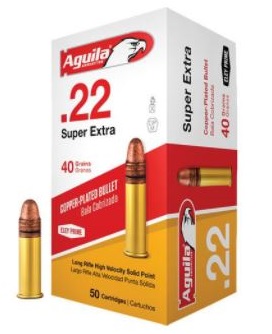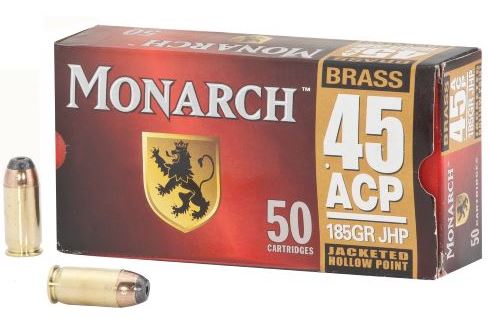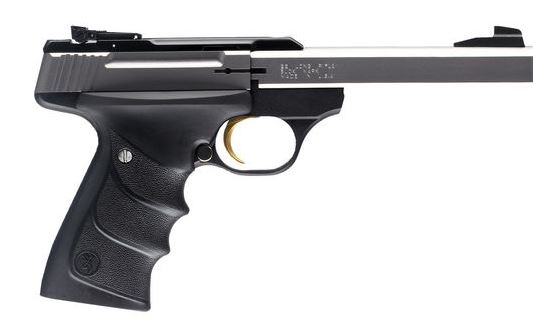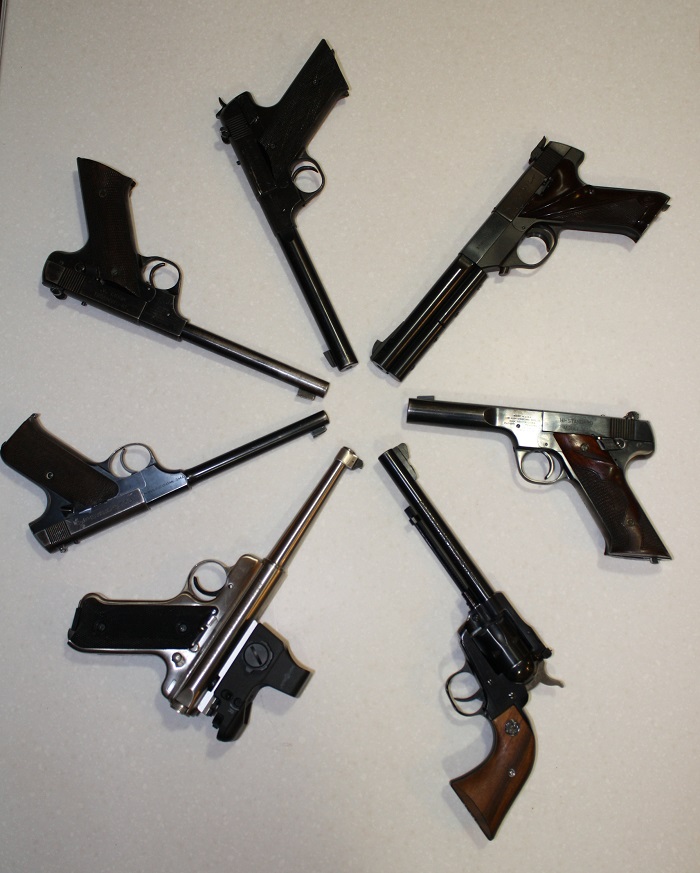From deep inside Commie Blue America, Reader Brad R. writes:
I am faced with a dilemma. I need/want to buy a relatively inexpensive (<$400) pistol-caliber carbine. I also must take ownership of said carbine before June 13, 2018, because worthless, pointless recently approved LOCAL gun ban. While not an absolute requirement, I’d prefer a carbine in 9mm that is +P rated. I toss this in because (1) ammo common to gun(s) I already own and (2) lower cost than calibers such as .40 S&W, .45ACP, etc.
Last night, the Village of Deerfield – Board of Trustees (an unholy pox upon them) approved what they call an “assault weapon” ban. The ban was a response to the mass shooting at Marjorie Stoneman Douglas High. It applies to just about every conceivable semi auto rifle with a detachable mag which also has any one (1) of five cosmetic features. There is also an extensive laundry list of specifically named rifles. The ban also forbids possession of detachable magazines with capacity of more than ten (10) rounds and applies equally to rifle & pistol magazines, without a “grandfather” clause. There are a couple of exemptions to the ban, but I don’t qualify for them. If any of your readers are familiar with the ban in neighboring Highland Park, the Deerfield ban is pretty much a carbon copy.
To illustrate the depth of stupidity of the ban, a Ruger 10/22 in a conventional stock would be fine, but the same 10/22 in a “tactical” stock would be verboten.
The ban in question does not forbid ownership, it only bans possession, manufacture, sale, transfer of the forbidden fruit within the boundaries of The Village. I don’t have to worry about possession. A personal situation allows me to reside outside of the village, but for complicated reasons I need to keep Deerfield as my legal address.
Moving north to Wisconsin or to another part of Fee America is not an option at this time. So there you have it. What Would Kim Do??
I am somewhat confused by the “possession vs. ownership” distinction (the same thing, surely?) but I’ll leave that aside for now.
Here’s the nitty gritty of the question: unless you go with a cheap ‘n nasty carbine (e.g. Hi-Point) that you want to get for symbolic reasons only, you’ll have to forget the sub-$400 price point. And given that the Colt AR-style 9mm carbine requires your bank manager in attendance at the time of sale, there are only a couple I’d look at, and your choices are kinda dependent on which 9mm pistol you want to pair with the carbine.
If your handgun is in the Beretta 92 series, then there’s the Beretta CX4 Storm, the most innocuous of the pistol-caliber carbines.
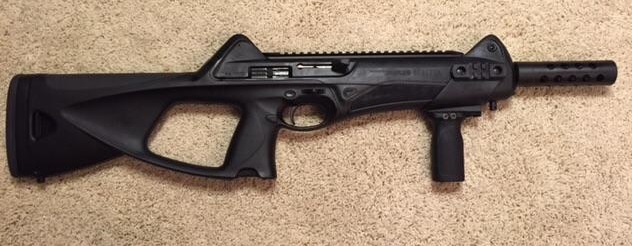
I’ve shot this little cutie before, and I loved it: accurate, reliable and lightweight. And yes, it handles +P ammo easily.
Another option would be the Tresna Defense JAG9G, which takes Glock magazines.
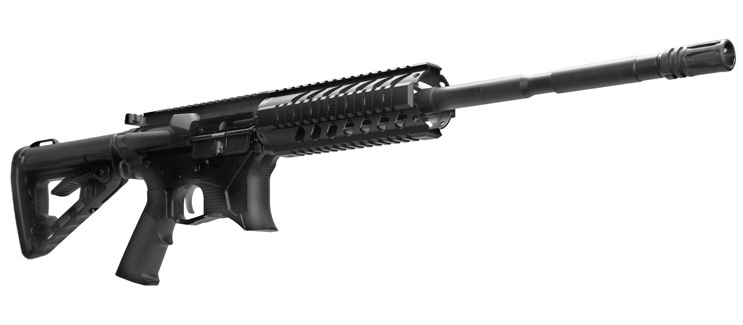
I will confess that I haven’t fired this carbine yet, but a few people whose opinions I trust have done so, and they like both its reliability and the AR-style action. It also looks scawwwy (always a Good Thing when it comes to matters like this).
But speaking of scawwwy-looking guns, I’m going to throw a wild card into the mix here, and suggest that you don’t bother pairing your carbine with a handgun. Why not stick it to these gun-fearing wussies, and go all-out?
What I mean is this:
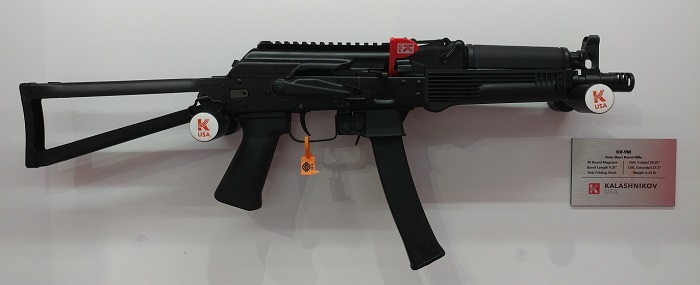
Yes, it’s a Kalashnikov, to be specific the KR-9 SBR carbine, in 9mmP (with the added bonus of an eeeeevil folding stock), and Kalashnikov USA is shipping them out as we speak. Now demand is high so you may have to jump on it, and the price is over a grand — but I cannot think of a finer way to rub the gun-controllers’ noses in it than by getting one of these bad boys. This pic was taken at SHOT this past January, and the reps were beating people back with sticks.
There are some other choices for carbines (see here), but I don’t know anything about them, and the low price points on some of them make me a little nervous.
For all those folks in a similar situation to Reader Brad, feel free to start shopping around.
And as always, additional suggestions and personal experiences / recommendations are welcome in Comments.


